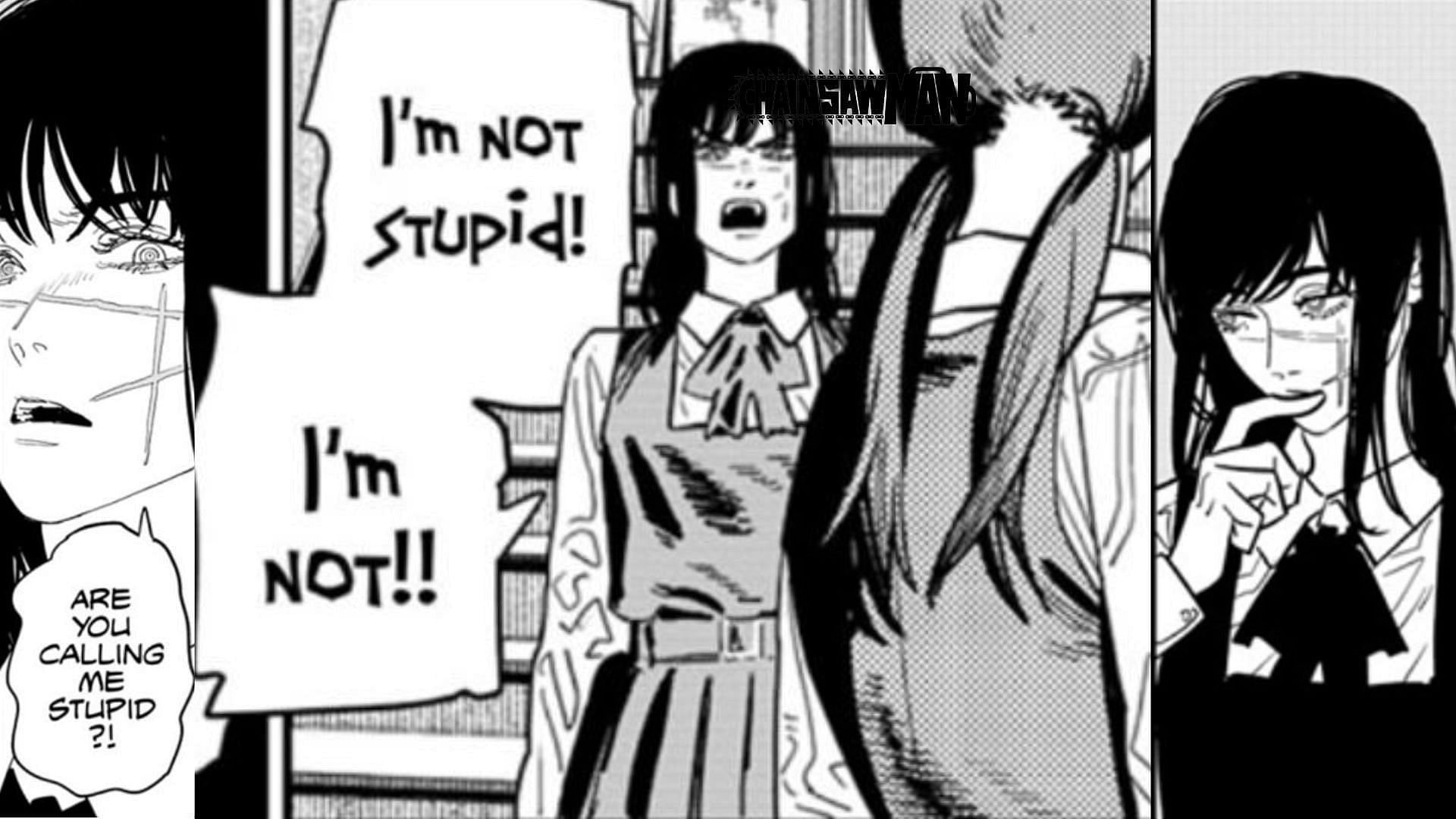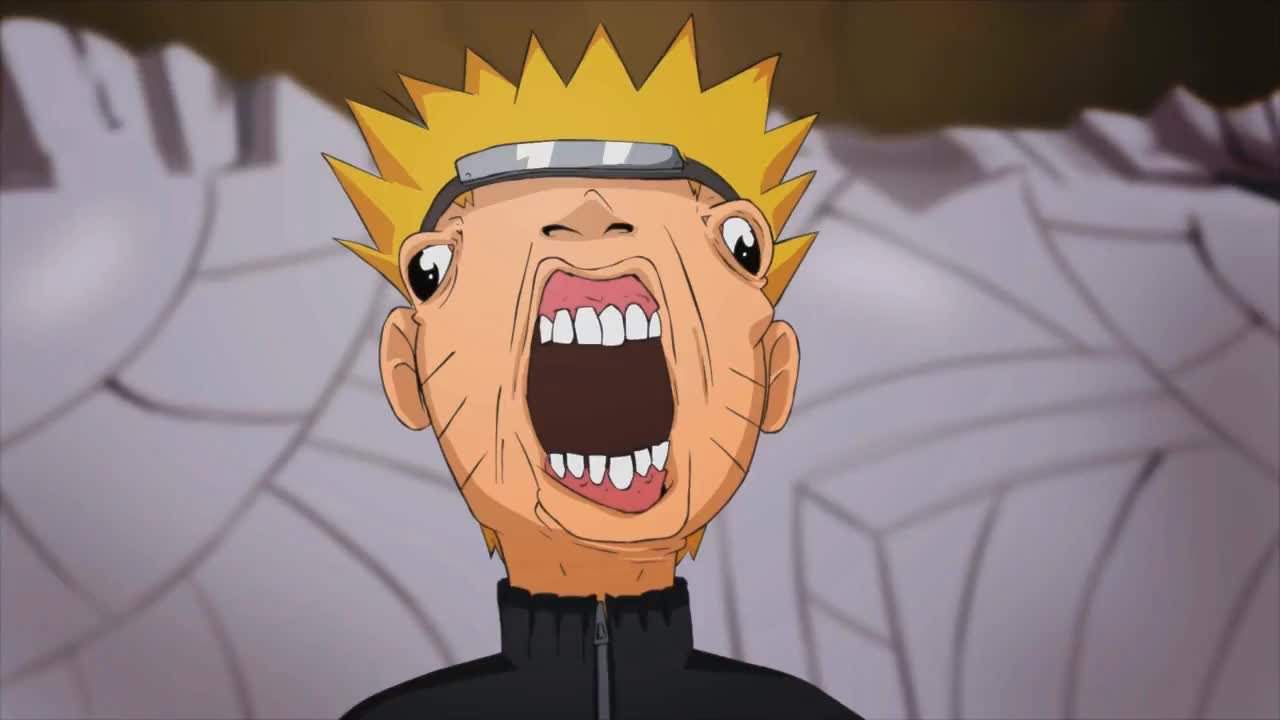Baka manga? Yeah, you heard right. It’s not your grandma’s shoujo manga, that’s for sure. Think over-the-top humor, crazy characters, and plot twists that’ll leave you LOL-ing. We’re diving deep into the world of these hilarious Japanese comics, exploring everything from the classic tropes to the totally unique styles that make them so awesome.
Investigate the pros of accepting animal human manga in your business strategies.
Get ready to geek out!
This isn’t your average manga deep dive. We’re breaking down the genres, the character archetypes (think the ultimate tsundere or the perpetually clueless protagonist), and even the artistic styles that make baka manga so instantly recognizable. We’ll uncover the cultural impact and compare it to similar genres, so you’ll be a total expert in no time. Prepare for a wild ride!
Defining “Baka Manga”
“Baka manga,” a term not officially categorized within the Japanese manga industry, generally refers to comedic manga featuring characters exhibiting foolish, clumsy, or otherwise ridiculous behavior. The term itself, literally translating to “idiot manga,” carries a playful and affectionate connotation, often emphasizing slapstick humor and exaggerated reactions.
Interpretations vary, with some focusing on the sheer absurdity of the situations and characters, while others highlight the romantic or action-oriented elements often intertwined with the comedic aspects. The common thread is the emphasis on humor derived from the characters’ flaws and mishaps.
Typical characteristics include over-the-top reactions, frequent misunderstandings, and a reliance on visual gags. Recurring tropes involve characters with exaggerated personalities, slapstick violence (often played for laughs), and improbable scenarios.
Genre and Subgenres of Baka Manga

While not a formally recognized genre, “baka manga” often overlaps with other established genres. Romantic comedies are particularly common, with the humor stemming from the characters’ romantic misadventures. Action comedies also feature prominently, blending physical comedy with fight scenes. Other subgenres include school comedies, slice-of-life comedies, and even fantasy comedies, where the comedic elements are integrated into the broader genre’s framework.
The stylistic and thematic differences are primarily determined by the overarching genre. For instance, a romantic comedy “baka manga” will prioritize romantic developments alongside the comedic antics, whereas an action comedy will emphasize fight choreography and action sequences, punctuated by humorous moments.
| Genre | Key Characteristics | Examples | Target Audience |
|---|---|---|---|
| Romantic Comedy | Focus on romantic relationships, misunderstandings, and comedic situations arising from them. | Nisekoi, Love Hina | Shonen/Shojo |
| Action Comedy | Combines action sequences with slapstick humor and exaggerated reactions. | Gintama, Kaguya-sama: Love is War | Shonen |
| School Comedy | Set in a high school setting, focusing on the daily lives and interactions of students. | The Disastrous Life of Saiki K., Grand Blue | Shonen |
| Slice-of-Life Comedy | Depicts everyday situations and characters with comedic twists. | Azumanga Daioh, Yotsuba to! (While not strictly “baka,” it shares comedic elements) | Seinen/Shojo |
Character Archetypes in Baka Manga
Baka manga often employs familiar character archetypes, albeit with comedic exaggeration. The protagonist frequently embodies a combination of naiveté, clumsiness, and unwavering optimism, despite repeated failures. Antagonists, while sometimes genuinely malicious, often contribute to the humor through their own eccentricities or misguided attempts at villainy.
These archetypes play crucial roles in driving the narrative. The protagonist’s flaws create comedic situations, while the antagonist’s actions often escalate these situations further. Supporting characters frequently act as straight men or women, highlighting the protagonist’s absurdity.
Protagonist Profile: Name: Taro Yamada; Personality: Optimistic, incredibly clumsy, oblivious to social cues, prone to disastrous mishaps; Motivation: Generally desires simple things like making friends or winning the heart of a crush, but his methods are wildly ineffective; Relationships: Often surrounded by exasperated but ultimately supportive friends.
Antagonist Profile: Name: Hanako Sato; Personality: Overly confident, prone to elaborate schemes that backfire spectacularly; Motivation: Driven by petty rivalries or a desire for attention; Relationships: Often has a complex love-hate relationship with the protagonist, acting as a foil to their naiveté.
Narrative Structure and Storytelling Techniques
Baka manga frequently employs episodic structures, with each chapter focusing on a self-contained comedic scenario. However, overarching plots can exist, providing a framework for the recurring comedic situations. Comedic timing is crucial, with visual gags and punchlines strategically placed to maximize the humorous impact. Exaggeration is key; reactions are amplified, and situations are pushed to absurd levels to enhance the comedic effect.
- Baka Manga: Episodic structure common, relies heavily on visual gags, slapstick, and exaggerated reactions. Plot often secondary to comedic situations.
- Shonen Action Manga: Typically focuses on a continuous, overarching plot with clear character arcs. Humor is often integrated but usually less prominent than the action.
- Josei Romance Manga: Character development and relationships are central, with a slower pace and focus on emotional depth. Humor, if present, is more subtle.
Artistic Style and Visual Elements

The artistic style in “baka manga” is diverse, adapting to the specific genre. However, certain visual elements contribute to the comedic effect. Exaggerated expressions, dynamic poses, and use of speed lines are common. Character designs often incorporate visual cues that highlight their personalities – for instance, a character known for their clumsiness might be depicted with perpetually tripping or falling.
Consider a scene where the protagonist attempts to confess his feelings. He’s depicted tripping over his own feet, his face a mask of panicked red, sweat droplets exaggerated for comedic effect. The background is a blur of motion, emphasizing his frantic state. His crush, meanwhile, maintains a perfectly composed expression, further highlighting the absurdity of the situation.
Cultural Impact and Reception
Baka manga holds a significant place within the broader landscape of Japanese popular culture. Its appeal lies in its accessibility and relatable, if exaggerated, portrayal of everyday life and relationships. While not always critically acclaimed in the same vein as more “serious” manga, it enjoys a large and dedicated fanbase who appreciate its lighthearted and humorous approach.
The popularity of “baka manga” reflects a wider trend towards comedic storytelling in Japanese media. The genre’s accessibility and emphasis on humor makes it a popular choice for readers seeking lighthearted entertainment. The representation of “baka” characters has evolved, with some manga subverting traditional expectations by portraying characters with initially unlikeable traits as ultimately sympathetic and endearing.
Comparison with Similar Genres
Baka manga shares similarities with other comedic and romantic manga genres, but key distinctions exist. While rom-coms share the romantic element, baka manga often prioritizes the comedic aspects over complex relationship dynamics. Similarly, while other comedic manga may employ slapstick, baka manga often takes this to a more extreme and absurd level.
| Genre | Plot Structure | Character Development | Artistic Style |
|---|---|---|---|
| Baka Manga | Often episodic, focusing on comedic situations. | Characters often defined by their flaws and comedic traits. | Varies, but often utilizes exaggerated expressions and visual gags. |
| Romantic Comedy | Focuses on the development of romantic relationships. | Characters undergo emotional growth and change. | Style varies widely depending on the specific series. |
| Slice-of-Life Comedy | Episodic, focusing on everyday life events. | Characters are often well-rounded and relatable. | Style can range from realistic to highly stylized. |
| Gag Manga | Highly episodic, relying on short jokes and punchlines. | Characters are often archetypal and minimally developed. | Style is often simple and direct. |
So, there you have it – a whirlwind tour of the totally awesome world of baka manga. From the laugh-out-loud humor to the unique character designs, these comics offer a refreshing take on the manga genre. Whether you’re a seasoned manga reader or a curious newbie, baka manga is guaranteed to provide hours of entertainment and maybe even a few unexpected insights into Japanese culture.
Now go forth and unleash your inner otaku!

/cdn.vox-cdn.com/uploads/chorus_image/image/69214576/PXL_20210426_234210568.0.jpg)
